Okinawa prefecture is renowned for its unique and diverse food culture, which is a blend of traditional Okinawan cuisine and influences from other Asian countries. The food in Okinawa is known for its fresh ingredients, bold flavors, and health benefits. Okinawan pork dishes are so rich in variety that there are almost no cuts to choose from. If you have canned Spam, eggs, seaweed, and rice, why not try making Pork tamago Onigiri or Po-tama rice ball, the soul food of Okinawans?
What is Pork tamago onigiri?

Pork Tamago Onigiri is a rice ball made with fried egg and pork (luncheon meat) wrapped in rice and seaweed. When you think of onigiri, you imagine rice balls with plums or rice balls wrapped in a triangular shape and sprinkled with seaweed. However, onigiri is pork and egg wrapped in rice and seaweed and is a popular home-cooked dish throughout the prefecture. This pork tamago onigiri is commonly found in convenience stores (konbini) and bento shops throughout Japan. Making it a convenient and tasty snack option for people on the go.
Pork tamago onigiri History
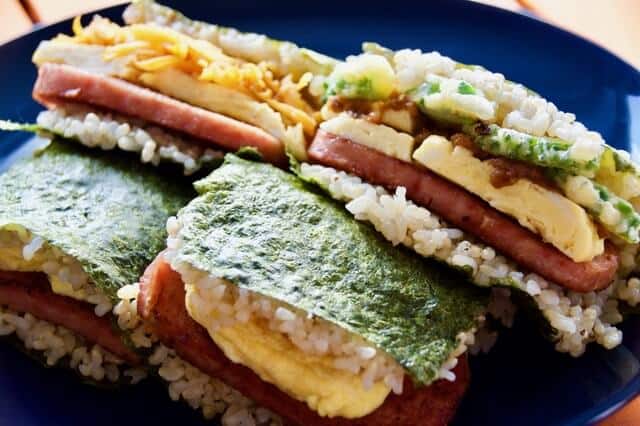
Pork was considered a luxury before the war in Okinawa, with its introduction dating back to the 15th century from China. During the Ryukyu Dynasty, pork gained popularity as a delicacy, especially for entertaining Chinese guests, despite being scarce. The situation changed in the 18th century when the royal government promoted pig farming alongside the rise of sweet potatoes, which became a staple food and pig feed. Despite the Meiji era’s culling, Okinawa maintained a robust pig industry, though pork remained a luxury. After the war, with livestock depleted, the Uchinanchu from Hawaii played a crucial role. They transported over 500 pigs to Okinawa in 1948, revitalizing the pig farming industry and contributing to post-war reconstruction.
Pork tamago rice balls, a traditional Japanese dish featuring rice, seaweed rolls, and a filling of pork and egg, spread to Pacific islands as well as among the American military. People of Japanese descent in mainland USA and Okinawa Prefecture enjoyed this snack. This is where Spam gained popularity post-World War II due to American military supplies’ influence.
Differences from spam rice balls
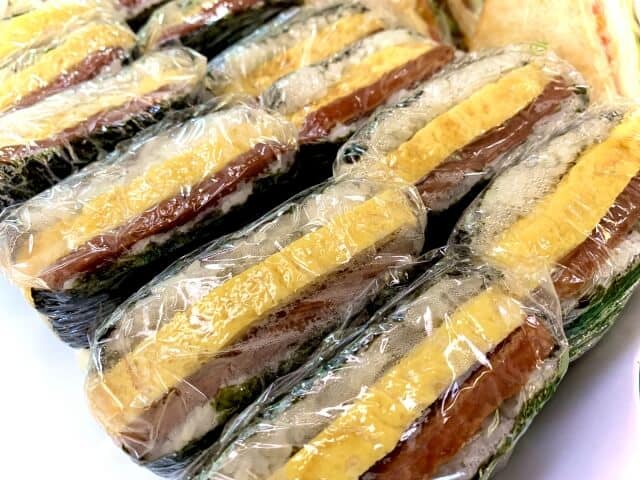
Shape and ingredients
Spam onigiri is a popular Hawaiian dish that is similar to pork and egg onigiri. There is a theory that it was spread by immigrants who returned home from Hawaii and brought it back to Okinawa, but the main difference lies in the filling inside and its shape. Spam onigiri is shaped like “egg nigiri sushi” with rice and spam wrapped in seaweed. The most common type of pork and egg onigiri is a rectangular shape similar to an onigirazu, and you won’t find one that only has pork as the only topping.
Why does Okinawa have a “pork eating culture”?
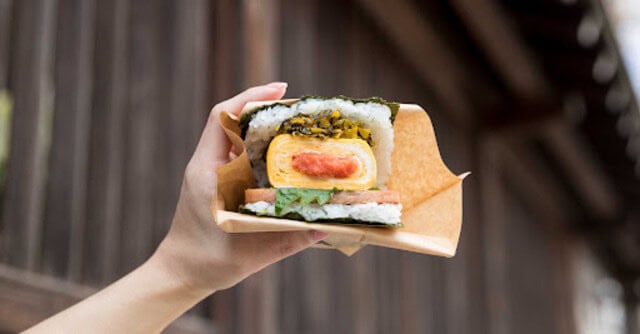
Okinawa has a significant “pork eating culture” due to historical, cultural, and economic factors. Historically, pork became popular in Okinawa during the Ryukyu Dynasty era as a delicacy, particularly for entertaining Chinese guests. Despite being scarce, pork gradually became more accessible to the common people, especially with the increase in pig farming promoted by the royal government.
Culturally, pork became ingrained in Okinawan cuisine, featuring prominently in various traditional dishes. An example of these are Rafute (braised pork belly) and Soki Soba (noodle soup with pork ribs). These dishes have been passed down through generations and continue to be enjoyed as part of Okinawan culinary heritage. Economically, Okinawa’s pig farming industry thrived, making pork more readily available compared to other regions in Japan. Additionally, the introduction of Spam and other pork products by the American military after World War II further solidified the popularity of pork in Okinawan cuisine.
Pork tamago onigiri FAQ
- Is Pork Tamago Onigiri suitable for vegetarians or vegans?
-
No, Pork Tamago Onigiri is not suitable for vegetarians or vegans as it contains both pork and eggs, which are animal-derived products. The filling of the onigiri typically consists of a mixture of cooked pork and scrambled eggs. Therefore, individuals following a vegetarian or vegan diet should opt for other varieties of onigiri that are filled with plant-based ingredients like vegetables or pickled plums (umeboshi).
- Can Pork Tamago Onigiri be made with alternative protein sources?
-
Yes, you can make Pork Tamago Onigiri with alternative protein sources for those who do not consume pork or eggs. One option is to replace the pork with tofu or tempeh for a vegetarian version, while the eggs can be substituted with scrambled tofu or a plant-based egg substitute for a vegan alternative.
Pork tamago onigiri Recipe

Ingredients of Pork tamago onigiri
| Pork Tamago Onigiri Ingredients | Measurements |
|---|---|
| Spam 5mm thick | 40g |
| Eggs | 46g |
| Salt | 0.5g |
| Rice | 400g |
| Grilled seaweed cut in half | 10g |
| Lettuce | 20g |
| Salad oil | 3g |
| Tuna mayo sauce | |
| Mayonnaise | 21g |
| Tuna | 30g |
| Pepper | 0.5g |
| Ketchup sauce | |
| Ketchup | 21g |
| Onion | 15g |
| Grated garlic | 1g |
| Olive oil | 7g |
| Pepper | 0.5g |
How to make Pork tamago onigiri?
Add eggs and salt to a bowl and mix. Heat salad oil in a frying pan and make fried eggs. Next, fry the spam in the same frying pan without adding any oil.
Make the sauce by mixing their specific ingredients.
Cut the tamagoyaki into four pieces. Layer the rice, lettuce, fried egg, sauce, Spam, and rice on the grilled nori in that order, then wrap the two half slices of grilled nori around it and shape it.
Where to buy Pork tamago onigiri?
Potama Makishi Market Store (ポーたま 牧志市場店)

A pork and egg specialty store with locations not only in Okinawa but also in Fukuoka and Honolulu, Hawaii. Makishi Ichiba store is near Kokusai Street, Naha Airport, and Chatan American Village, so we recommend taking it out while sightseeing! There are also hearty menus such as bitter gourd tempura and shrimp tar. There is also a limited menu that can only be purchased at the Makishi Market store, so be sure to check that out as well.
Fukusuke’s Tamagoyaki (福助の玉子焼き/市場本通り店)

“Fukusuke’s Tamagoyaki” Ichiba Hondori branch makes pork and egg rice balls stuffed with thickly baked eggs. This is a very thick egg roll with plenty of volume. Okinawa’s tamagoyaki has traditionally been salty, but it’s also good to put tamagoyaki with dashi soup into pork and egg rice balls.
Okinawa Onigiri King (沖縄おにぎりキング)

A shop specializing in pork and egg rice balls located at Toyosaki Roadside Station in Tomigusuku City in the southern part of the city. They are all made with fresh ingredients from Okinawa. The food is made after receiving your order, so you can enjoy freshly made food.
Convenience store
Specialty stores are good, but you can also buy delicious pork and egg rice balls at convenience stores late at night or early in the morning, so it’s also recommended on the way home from drinking late or when you have to leave early in the morning.
Takeaway
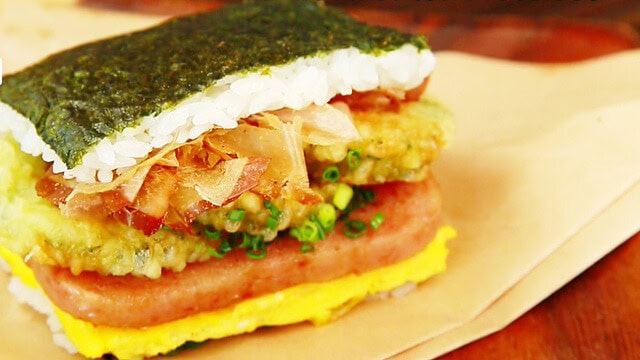
Next time you find yourself in Japan, be sure to try Pork Tamago Onigiri! With its delicious combination of savory pork and fluffy scrambled eggs wrapped in seasoned rice, it’s a flavorful and convenient snack that’s perfect for enjoying on the go. Whether you’re exploring bustling city streets or relaxing in serene countryside settings, Pork Tamago Onigiri is a must-try culinary delight that will surely satisfy your taste buds and leave you craving for more.
You can check some Japanese pork dishes that we know you would like to try too.



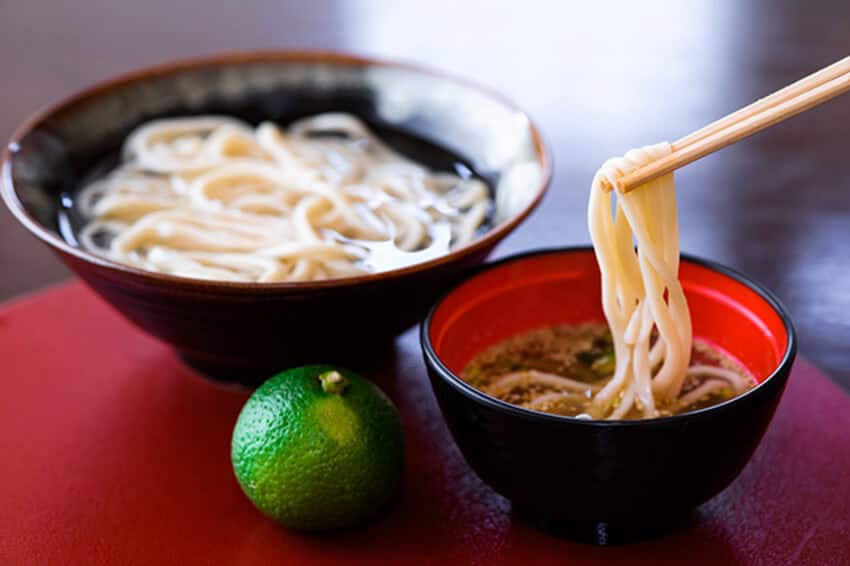
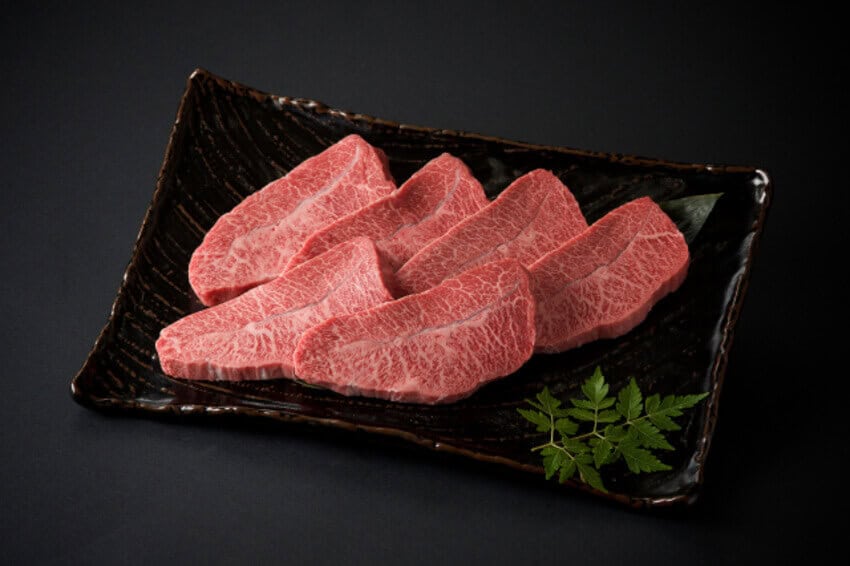

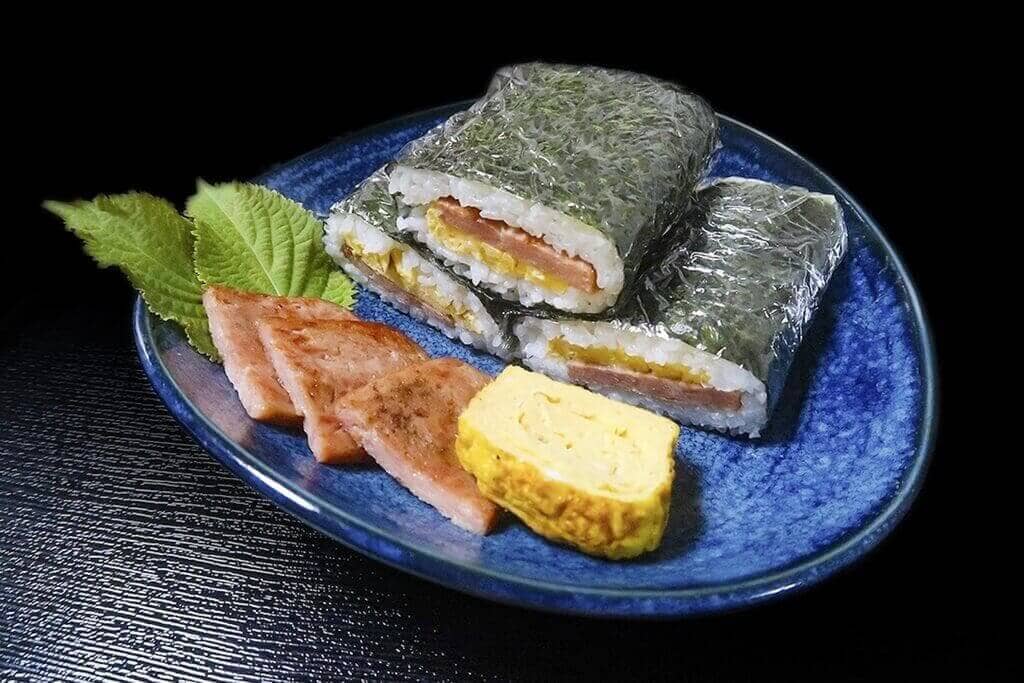
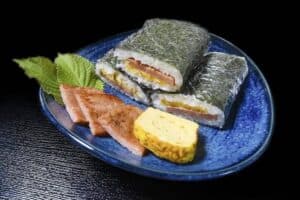
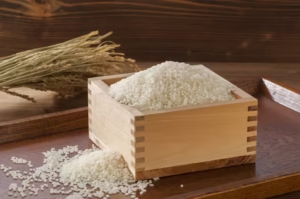
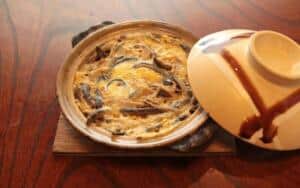
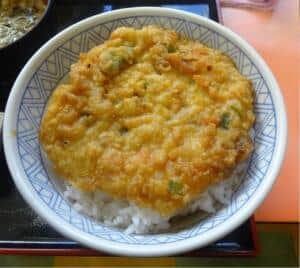
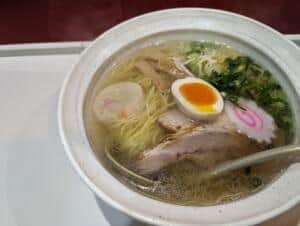
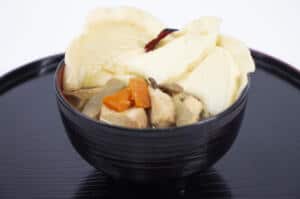
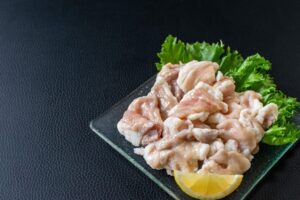
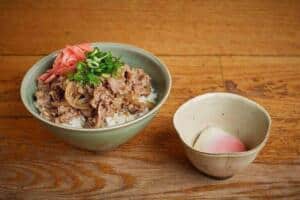
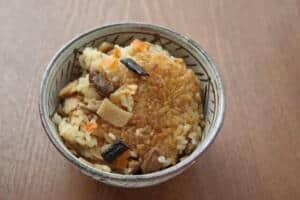
Comments